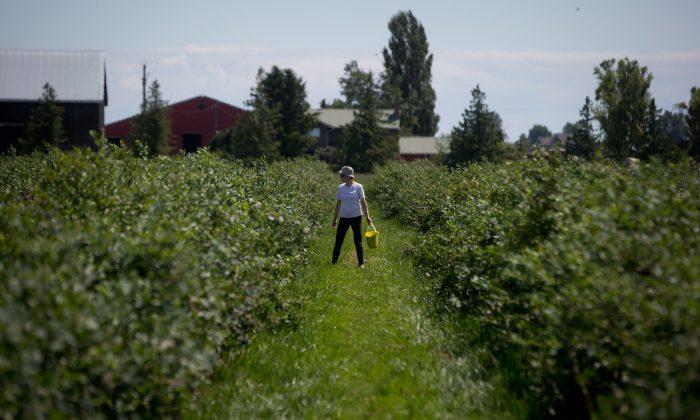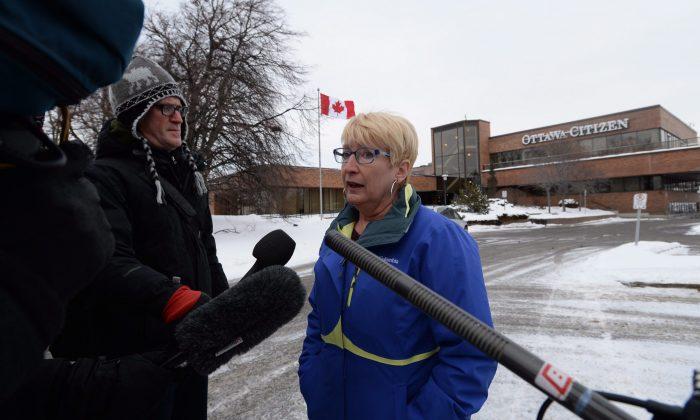Canada’s leading experts on rural areas are warning that policy makers have been neglecting rural issues, which in turn is having negative consequences for the economy and smaller communities.
The warning comes in a groundbreaking report produced by the Canadian Rural Revitalization Foundation and the Rural Policy Learning Commons and presented recently at a conference on rural communities in Prince Edward Island.
“We realized on one level that this has never really been done before,” says Sean Markey, associate professor with the School of Resource and Environmental Management and a co-editor of the report.
“It is an important issue to talk about.”
Titled “The State of Rural Canada 2015,” the report says that rural Canada, which is vital to the nation’s economy, is largely being ignored.
“We have been neglecting rural places and permitting an erosion of their important community development base,” the report says.
“We have forgotten how to re-invest in rural and small town places, preferring instead to simply run down the capital invested by previous generations, and view infrastructure renewal simply as line item costs that we ‘can’t afford.’”
The authors warn that government programs and services have been cut to a point that senior government officials no longer understand “rural conditions.” They say the centralization of government in Alberta and Saskatchewan, for example, has resulted in decision-making that is supposed to be more efficient and cost-saving, but fails to deliver.
The authors suggest that some of the challenges facing rural Canada are similar to those in urban areas, although some are more pronounced, such as a large aging population. Other notable challenges like workforce shortages and outdated infrastructure were also singled out in the report.
“On some level we are 30 years into this model that is a bit more of a marketplace approach. What we have found is that it has led to a degrading level of infrastructure,” says Markey.
“Some of the ways we invested in rural communities from the post-World War II period up to the 1980s were really tying resource development with social development. Since the 1980s we haven’t been doing that—it has been an exercise in downloading and cutting,” he explains.
“It is doing more harm than good.”
Among the report’s recommendations is that federal, provincial, and territorial governments work together to create a new vision and policy for rural Canada and that rural communities participate in the planning and investing. The authors also advocate for more cooperation between First Nations communities.
On the upside, the report noted that rural Canada is responding in innovative ways to the pressures of global competition, and is having some success in addressing such issues as sustainability, food security, and balancing resource development and economic diversification.
“With limited resources, rural Canada and local organizations are models of innovation, doing more with less and achieving net positive impacts,” the report says.
Earlier this year, Statistics Canada reported that the proportion of Canadians living in rural areas compared to urban areas fell below 50 percent between 1921 and 1930. Rural populations have continued to see their share of the total populations shrink compared to urban locations, although figures show a slowing gap beginning in the 1970s.
Markey, however, points out that this doesn’t mean rural populations are in decline.
“The perception that rural Canada is in decline is quite false. It is growing overall. It is just growing less quickly than the urban areas,” he says.
“What emerged from the report is a pattern of uneven development where some parts of the country are growing and other parts are experiencing a decline, but as a whole the authors challenged the common perception.”
Kaven Baker-Voakes is a freelance reporter based in Ottawa.




